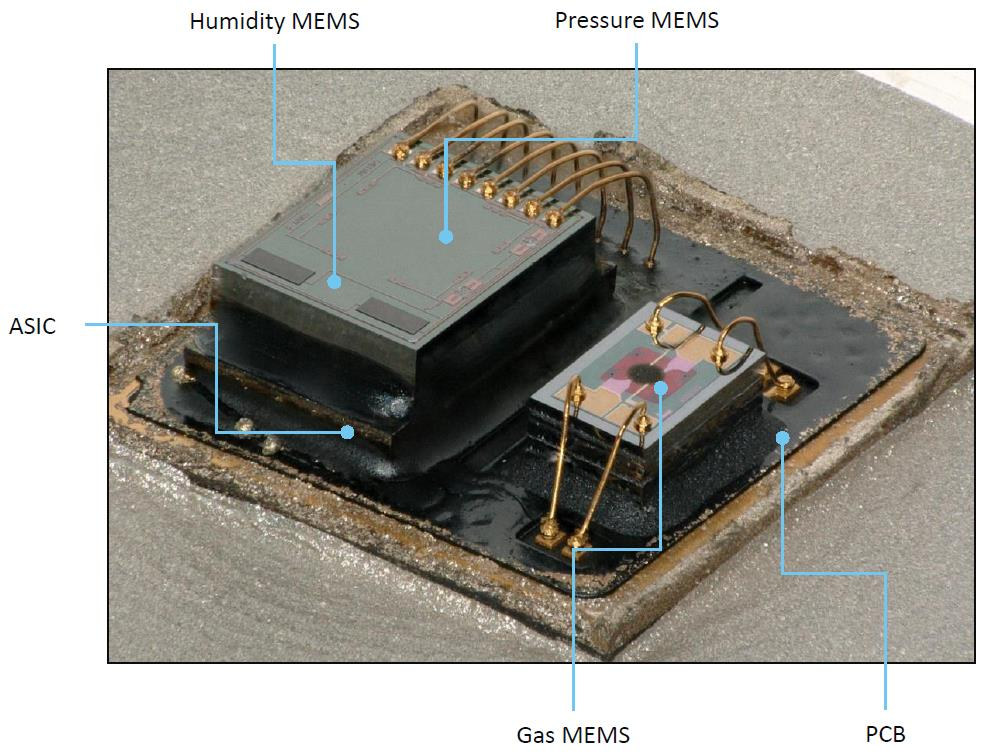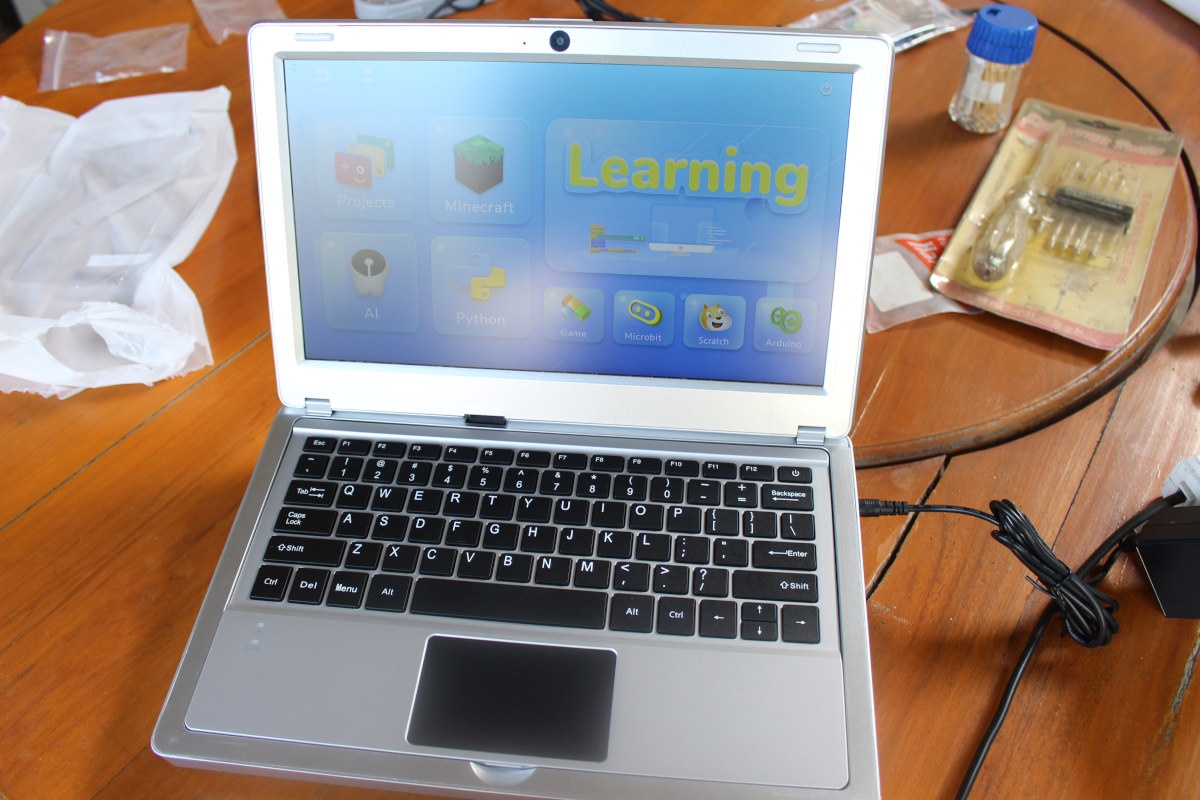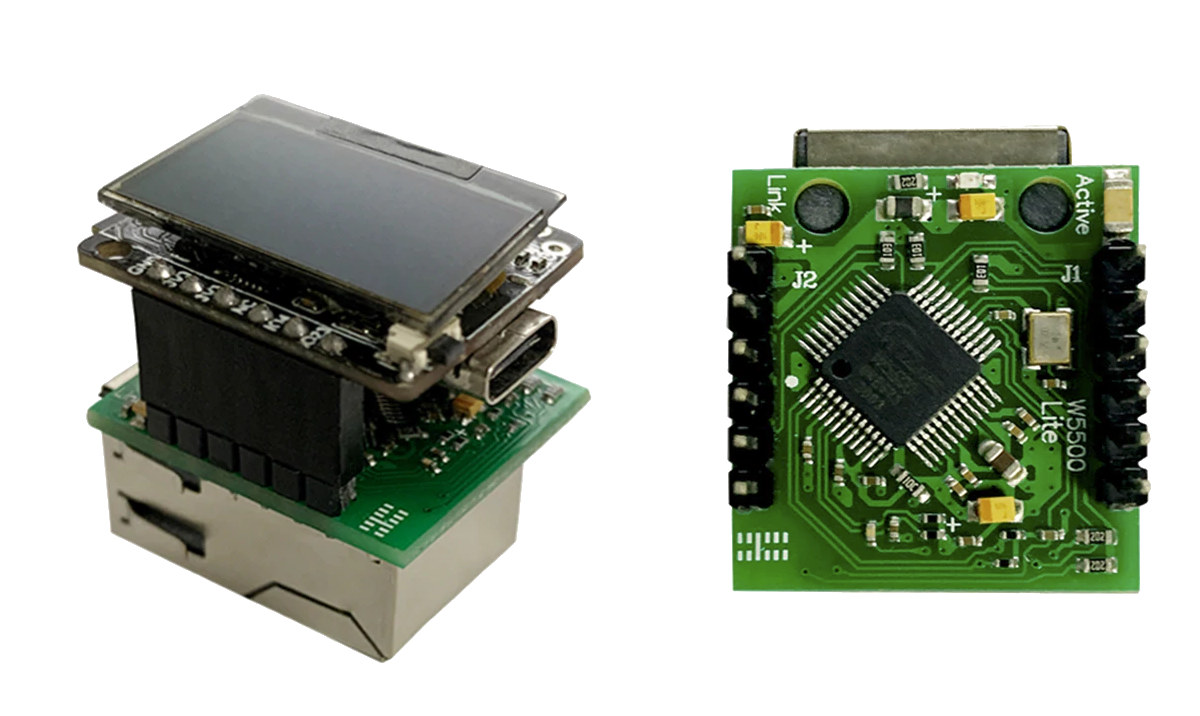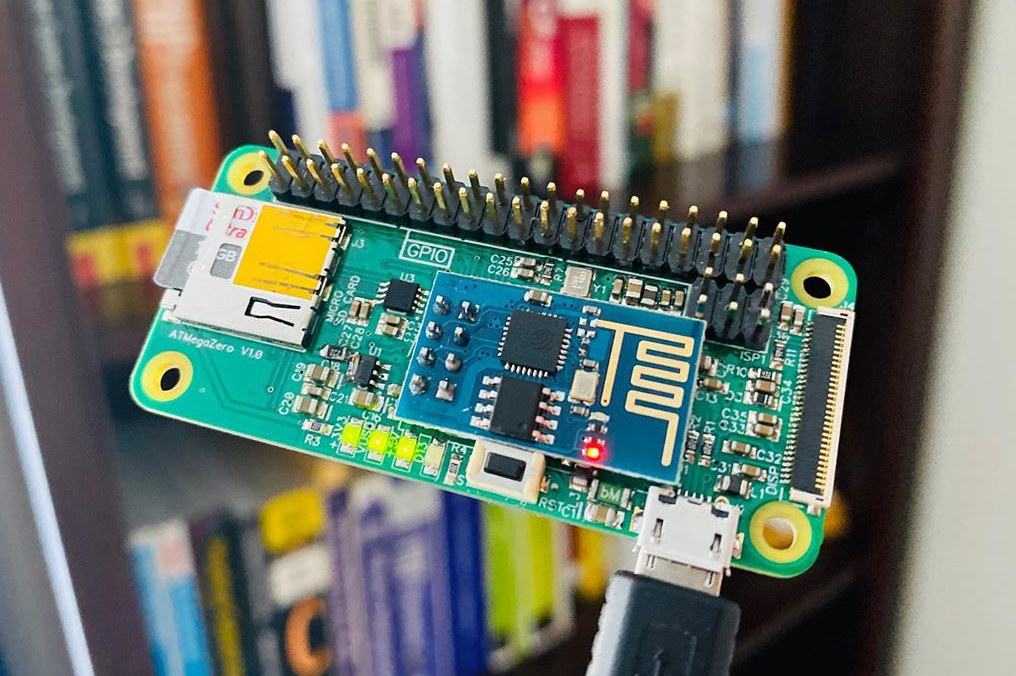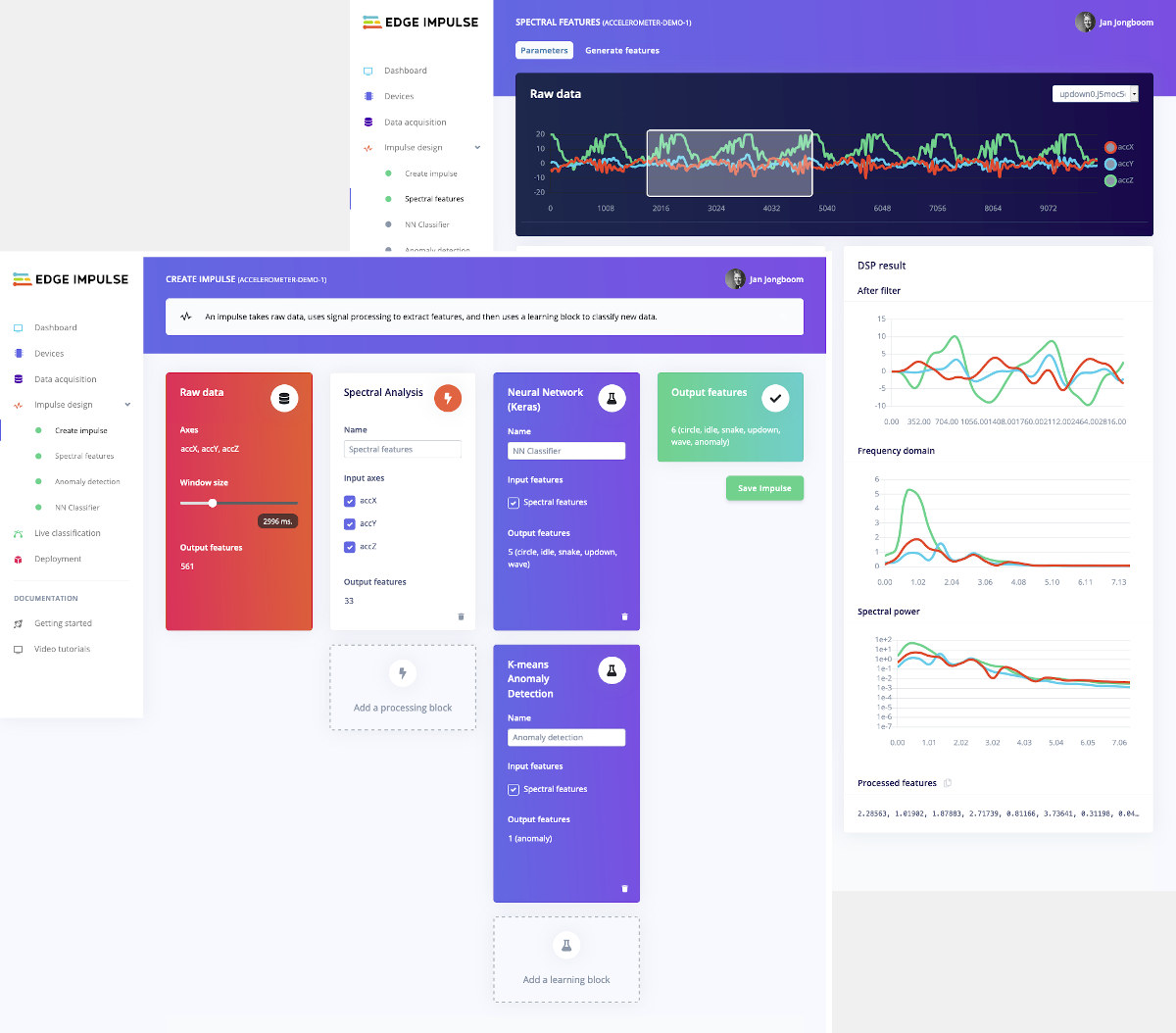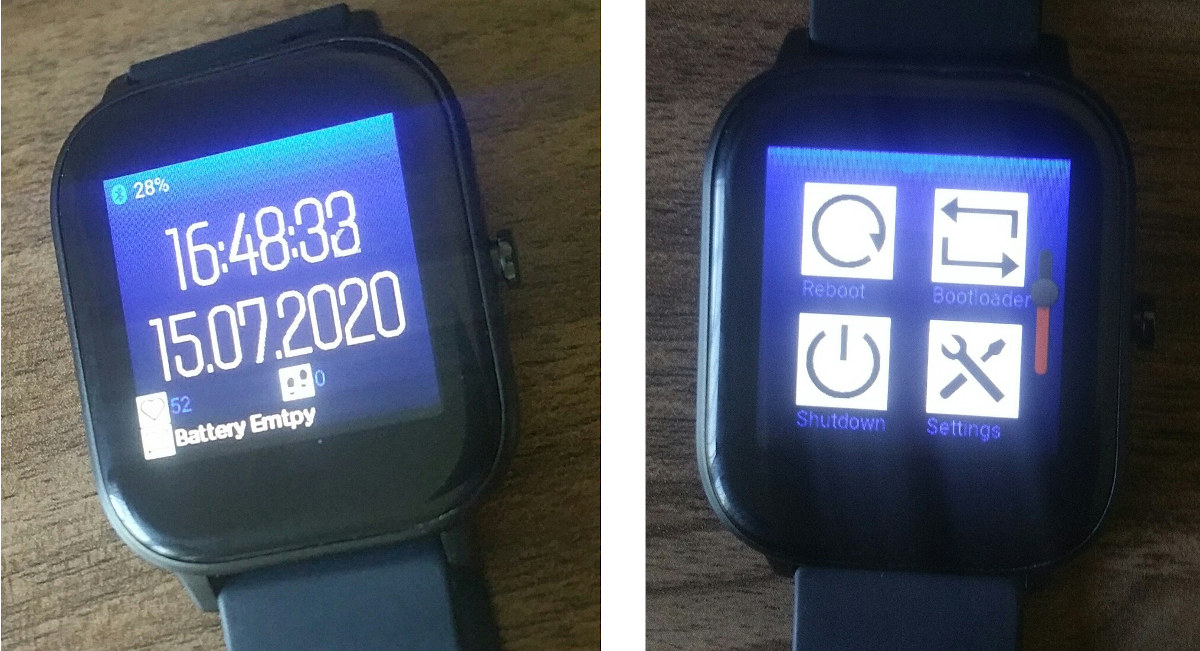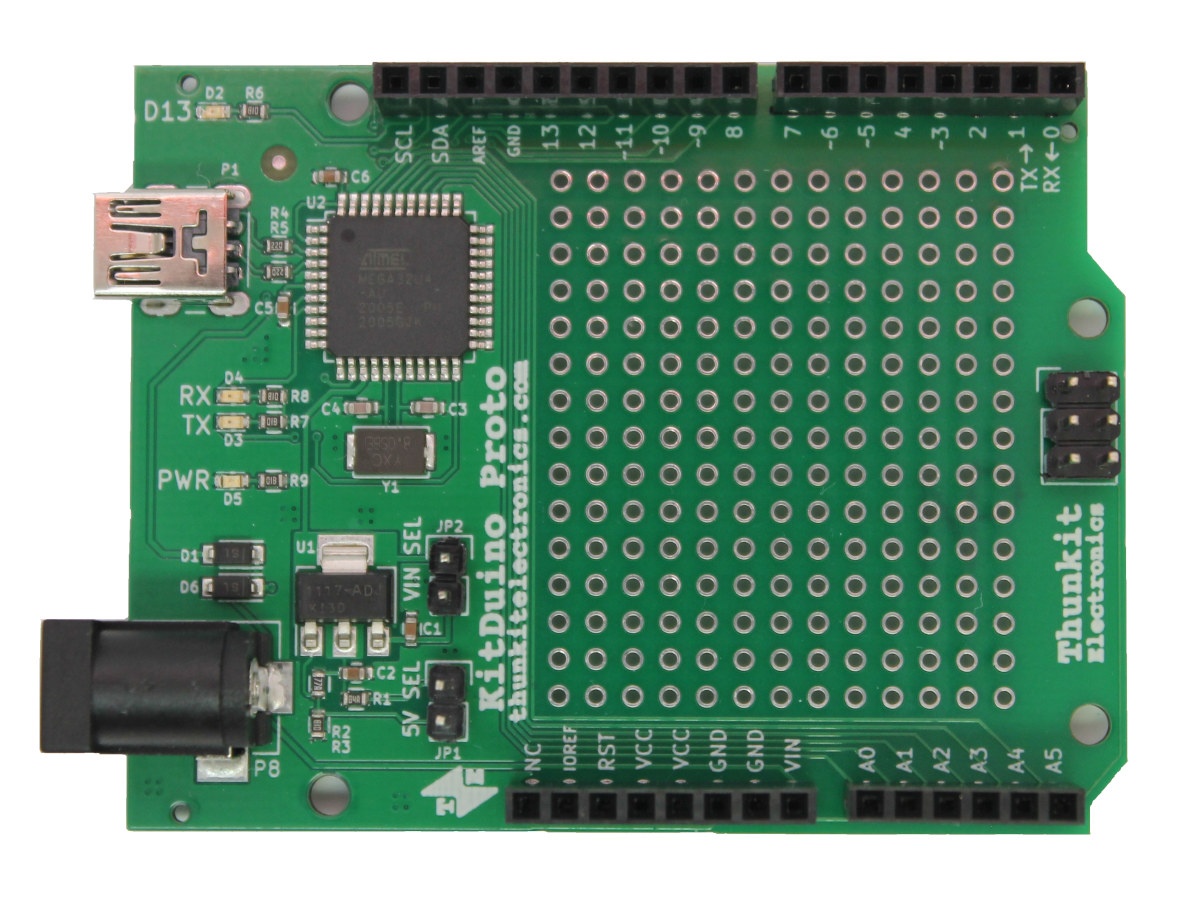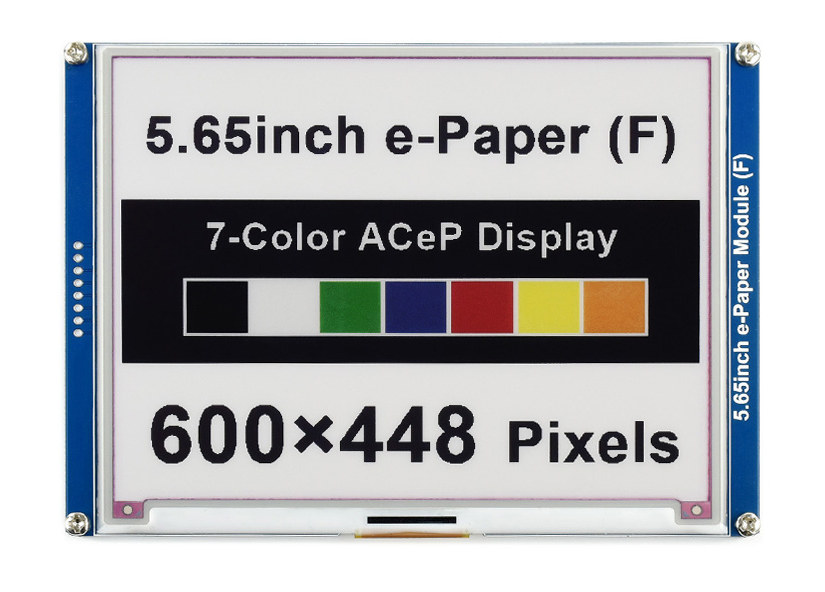Bosch BME680 is a 4-in-1 air quality sensor measuring relative humidity, barometric pressure, ambient temperature, and gas (VOC) levels. It’s found in boards such as STM32 based Metriful Sense or Nordic Thingy:91, and Bosch Sensortec published an Arduino library based on “Bosch Sensortec Environmental Cluster (BSEC) Software” to provide precise calculations temperature, humidity, pressure, and indoor air quality (IAQ). BSEC proprietary algorithms can provide indoor air quality data as good as more expensive CO2 sensors according to a recent presentation by the company. Max Prokhorov, lead ESPurna maintainer, and Rui Marinho noticed none of the popular open-source ESP8266 automation firmware including ESPurna, Tasmota, and Esphome supported BME680 sensor just yet. So they decided to work together to add BME680 sensor support via BSEC library to ESPurna firmware, and now it’s very easy to use as you just need to define BME680_SUPPORT=1 before compiling the firmware. You’ll find the now-merged pull […]
CrowPi2 Raspberry Pi 4 Learning Kit Review – Part 1 – Unboxing and First Boot
Last month, we wrote about Elecrow introducing CrowPi2 Raspberry Pi 4 laptop and electronics learning kit for its launch on Kickstarter crowdfunding website. The company has now sent one of its kits to CNX Software for evaluation and review. I’ll start by checking out the content of the package, and boot it up, before publishing a more detailed review in a few weeks. The package is fairly big and highlights it’s made for kids over 8 years old with close to 100 course resources and over 20 electronics modules. The back of the package list the main features and package contents with for example a 11.6″ Full HD display, Raspberry Pi 4 4GB board running a customized (Linux) system or Retropie for game emulation, electronics components and modules like servos and motors, as well as some resources for gaming including two USB gamepads. The first things we get when opening […]
TTGO T-Lite W5500 ESP32 WiFi & Bluetooth Board Comes with OLED Display, Optional Ethernet Add-on Board
If you like tiny boards with Ethernet, TTGO T-Lite W5500 development board may be an interesting option, as the ESP32 board comes with a built-in OLED, and female headers to connect an Ethernet add-on board called W5500 Gateway Module. LilyGO TTGO T-Lite W5500 specifications: SoC – Espressif System ESP32 dual-core WiFi and Bluetooth SoC with 520KB SRAM Storage – 4MB flash Display – 0.96-inch OLED display (SSD1306 driver) Connectivity 802.11 b/g/n WiFi 4 up to 150 Mbps, and Bluetooth 5.x BR/LE via ESP32 SoC, on-board ceramic antenna or external antenna (selectable with a resistor?) Optional Ethernet via SPI Ethernet board based on Wiznet W5500 USB – 1x USB Type-C port for power and programming via CP2104 USB to TTL chip I/Os 8+6 through holes with GPIOs, SPI, ADC, Touch, 5V, 3.3V, GND Operating voltage – 2.7V-3.6V Misc – Boot & Reset button, 40MHz crystal oscillator Power Supply – 5V/1A via […]
Is That a Raspberry Pi Zero? Nope. ATMegaZero is an Arduino Compatible Board
ATMegaZero is an Arduino Leonardo compatible board based on Microchip ATmega32U4 8-bit AVR microcontroller that mostly follows Raspberry Pi Zero form factor with the 40-pin GPIO header, MicroSD card slot, and one micro USB port in the same location. The MIPI CSI camera connector makes place for an OLED display connector, and the HDMI port is obviously gone, but you also get an 8-pin header to easily install an ESP8266 based ESP-01 module to add WiFi connectivity. ATMegaZero specifications: MCU – Microchip ATmega32U4 microcontroller running at 16MHz with 32KB Flash, 2.5KB SRAM, 1KB EEPROM Storage – MicroSD card Display – 32-pin OLED display port compatible with 30-pin SSD1306 and SSD1331 based displays Wireless Connectivity – 8-pin header for optional ESP8266 ESP-01 WiFi module Expansion – 40-pin Raspberry Pi-inspired GPIO header with UART/SPI/I2C Debugging & Programming – Micro USB port, 6-pin programming header Misc – 4x LEDs, button Power Supply – […]
Edge Impulse Enables Machine Learning on Cortex-M Embedded Devices
Artificial intelligence used to happen almost exclusively in the cloud, but this introduces delays (latency) for the users and higher costs for the provider, so it’s now very common to have on-device AI on mobile phones or other systems powered by application processors. But recently there’s been a push to bring machine learning capabilities to even lower-end embedded systems powered by microcontrollers, as we’ve seen with GAP8 RISC-V IoT processor or Arm Cortex-M55 core and the Ethos-U55 micro NPU for Cortex-M microcontrollers, as well as Tensorflow Lite. Edge Impulse is another solution that aims to ease deployment of machine learning applications on Cortex-M embedded devices (aka Embedded ML or TinyML) by collecting real-world sensor data, training ML models on this data in the cloud, and then deploying the model back to the embedded device. The company collaborated with Arduino and announced support for the Arduino Nano 33 BLE Sense and […]
ATCwatch Arduino Firmware Works with PineTime, COLMI P8, “Da Fit” Smartwatches
Earlier this week, we wrote about fake heart rate sensors found in ultra-low-cost fitness trackers as reported by Aaron Christophel. It turns out he also maintains an open-source project specific to P8 watch, PineTime, and other smartwatches compatible with Da Fit Android app: ATCwatch Arduino firmware. The firmware provides a basic menu system, notifications, and the latest implementation enables direct HTTP or HTTPS GET requests to control IoT devices and get info from the Internet. The current firmware consumes about 150-200uA standby current, and last roughly 92 hours on a charge with heavy notification and usage. While it’s possible to connect an SWD St-Link V2 to flash the bootloader and firmware, it’s not necessary, as it’s possible to flash ATCwatch Arduino firmware without having to open the watch by using over-the-air update function with DaFlasherFiles for PineTime or P8 watch together with DaFlasher Android app. Once the update is done, […]
KitDuino Proto – An Arduino Compatible Board with a Built-in Prototyping Area
At the initial stage of development, many people would connect their Arduino board to a circuit build on a breadboard, and once this is done, some may either want to design their own board or for simpler circuits, simply move from the breadboard to a perfboard with components soldered to it. With Microchip ATMega32U4 based KitDuino Proto you could do that directly on the Arduino board itself since it comes with a small prototyping area. KitDuino Proto specifications: MCU – Microchip ATMega32u4 8-bit AVR MCU @ 8 MHz with 32 KB flash program memory, 2.5 KB SRAM, 1 KB EEPROM Expansion Arduino Leonardo compatible headers 6-pin SPI header Built-in 15 x 13 prototyping area. 3.3V or 5V I/Os Misc – Power LED, Tx/Rx LEDs, 1x user LED Power Supply 5V via Micro USB port (3.8V after regulation) 7+V via DC barrel jack or Vin pin for stable 5V rail 3.3V […]
Waveshare Launches an Affordable 7-Color e-Paper Display
Most e-paper displays are black or white with sometimes red or yellow color being added to the mix. But E-Ink has recently launched several color e-Paper display at prices that will not make it affordable to most projects. Waveshare has launched its fair share of e-Paper displays in the past, and now the company is coming with a relatively affordable 5.65″ color e-Paper display with seven different colors for $74.99 plus shipping. Main features and specifications: Display 5.65″ display (114.9 × 85.8mm) Resolution – 600 × 448 pixels Viewing angle – >170° ACeP (Advanced Color ePaper) 7-color with black, white, green, blue, red, yellow, and orange Greyscale – 2 levels Full refresh time – 15s Dot pitch – 0.1915 × 0.1915mm Host Interface – 3-wire SPI or 4-wire SPI Operating voltage – 3.3V/5V Power Consumption 50mW (typ.) during refresh Standby current – <0.01uA (almost none) Dimensions – Board – 138.5 […]


